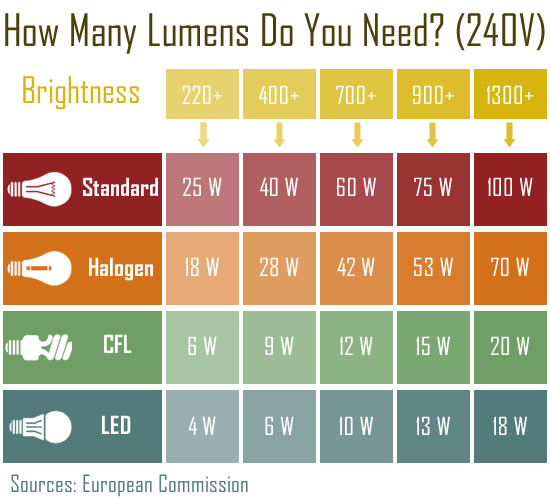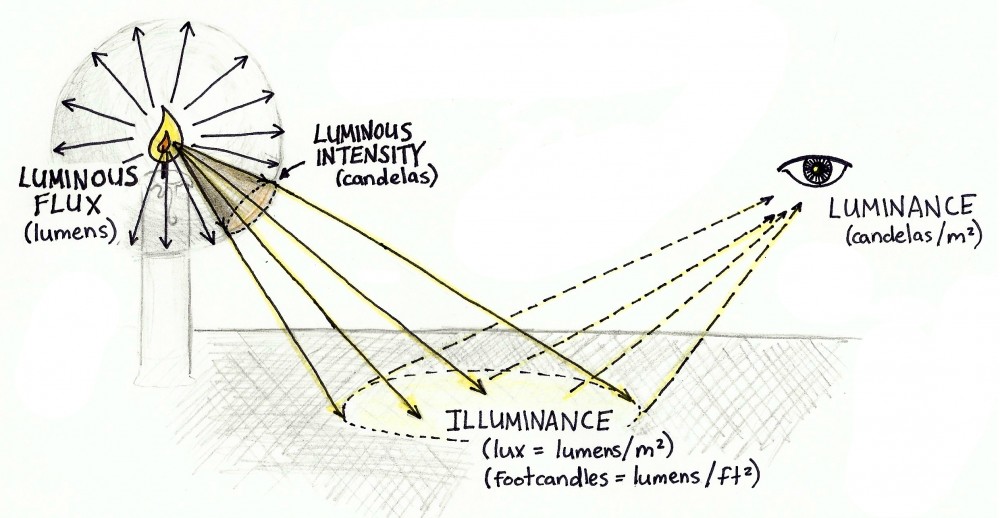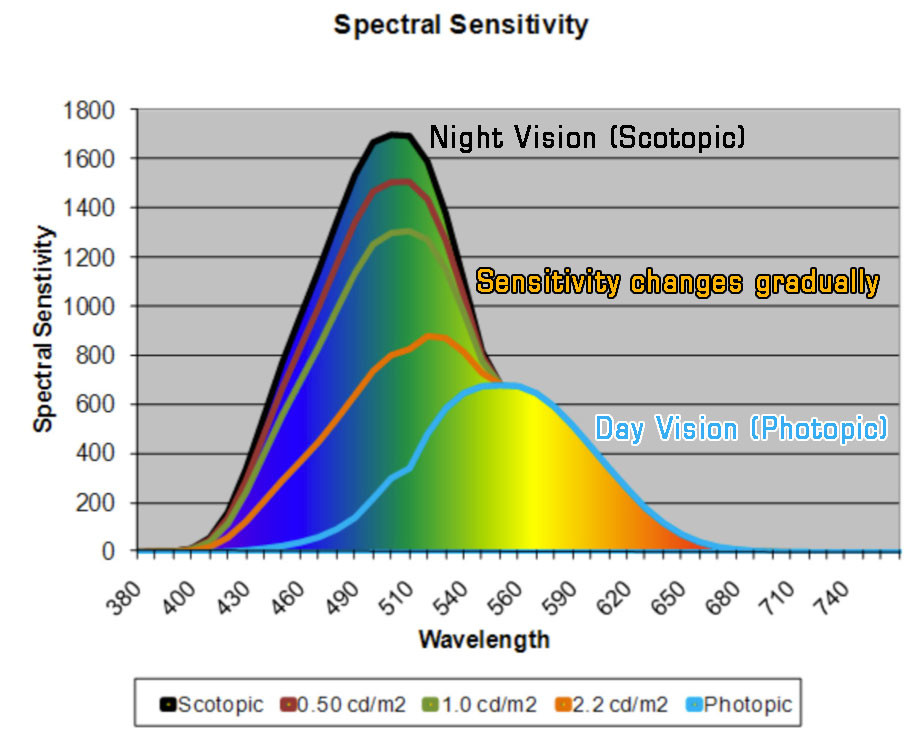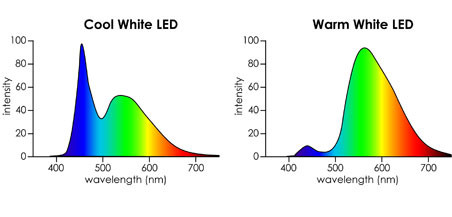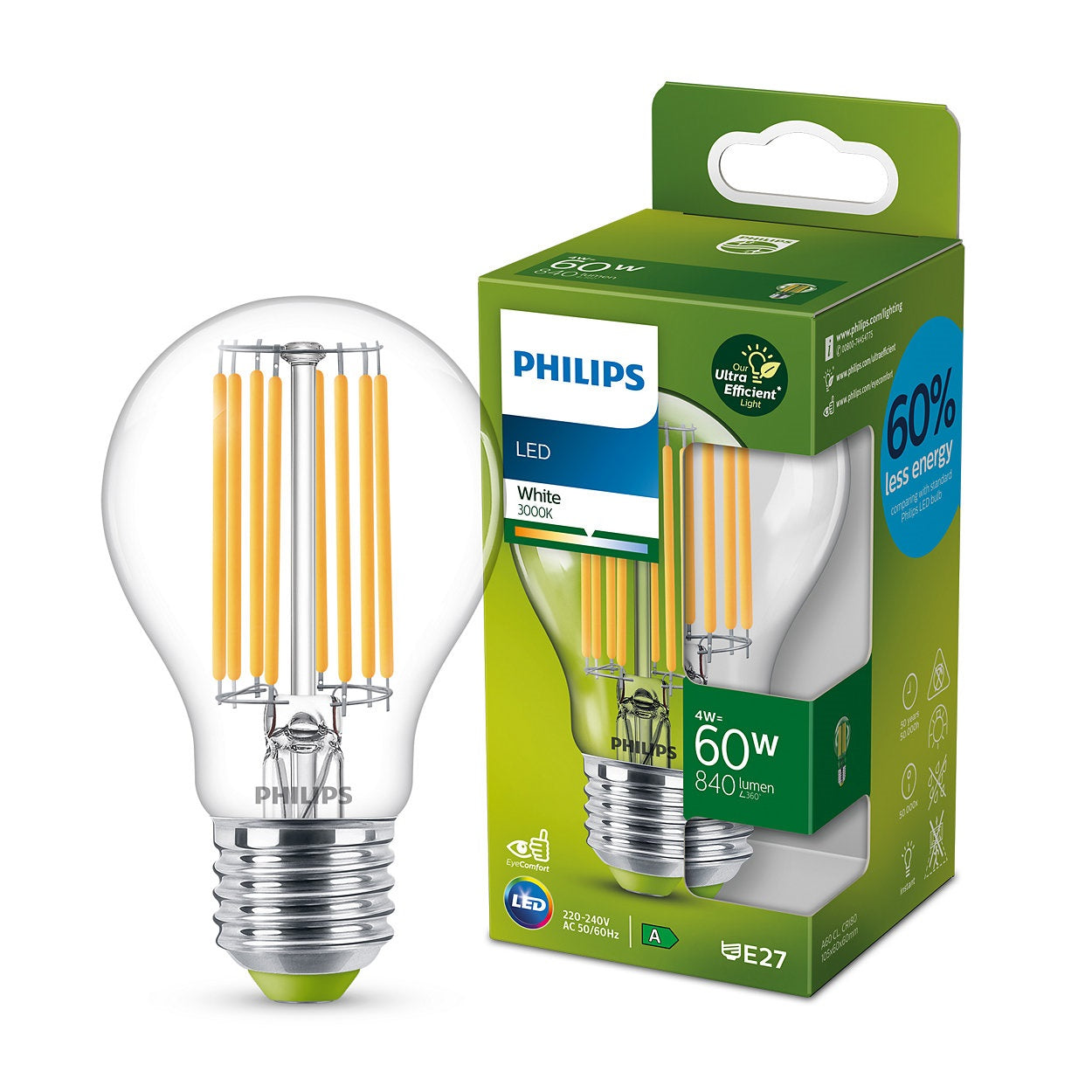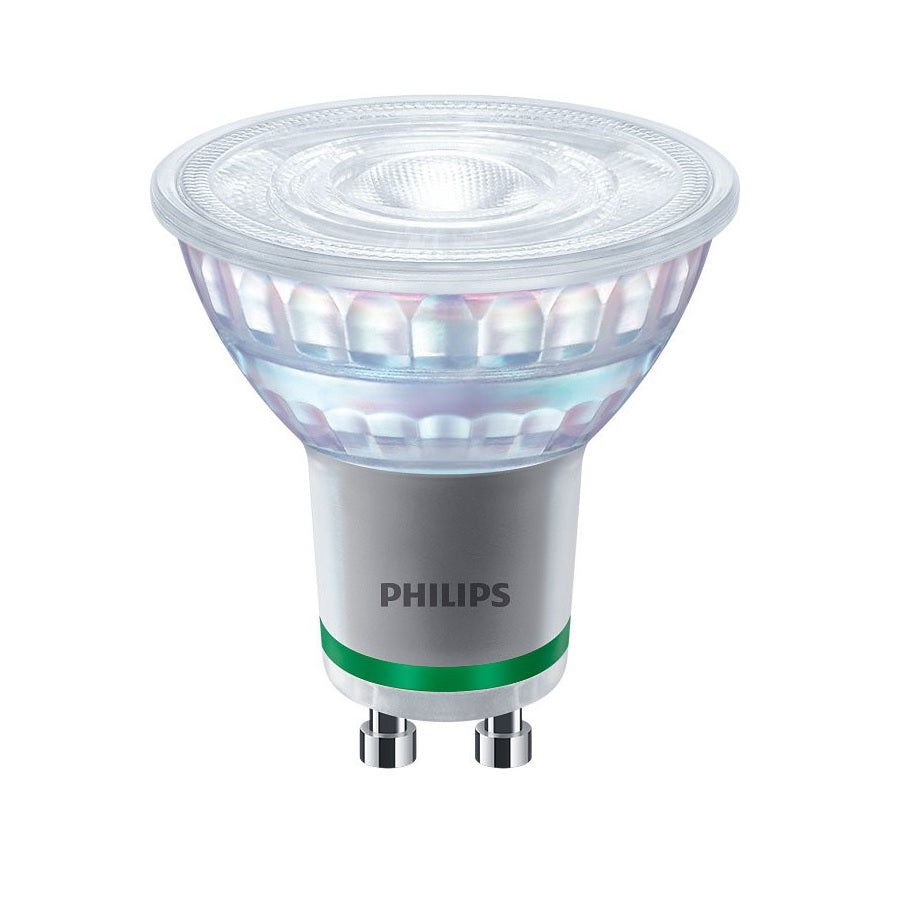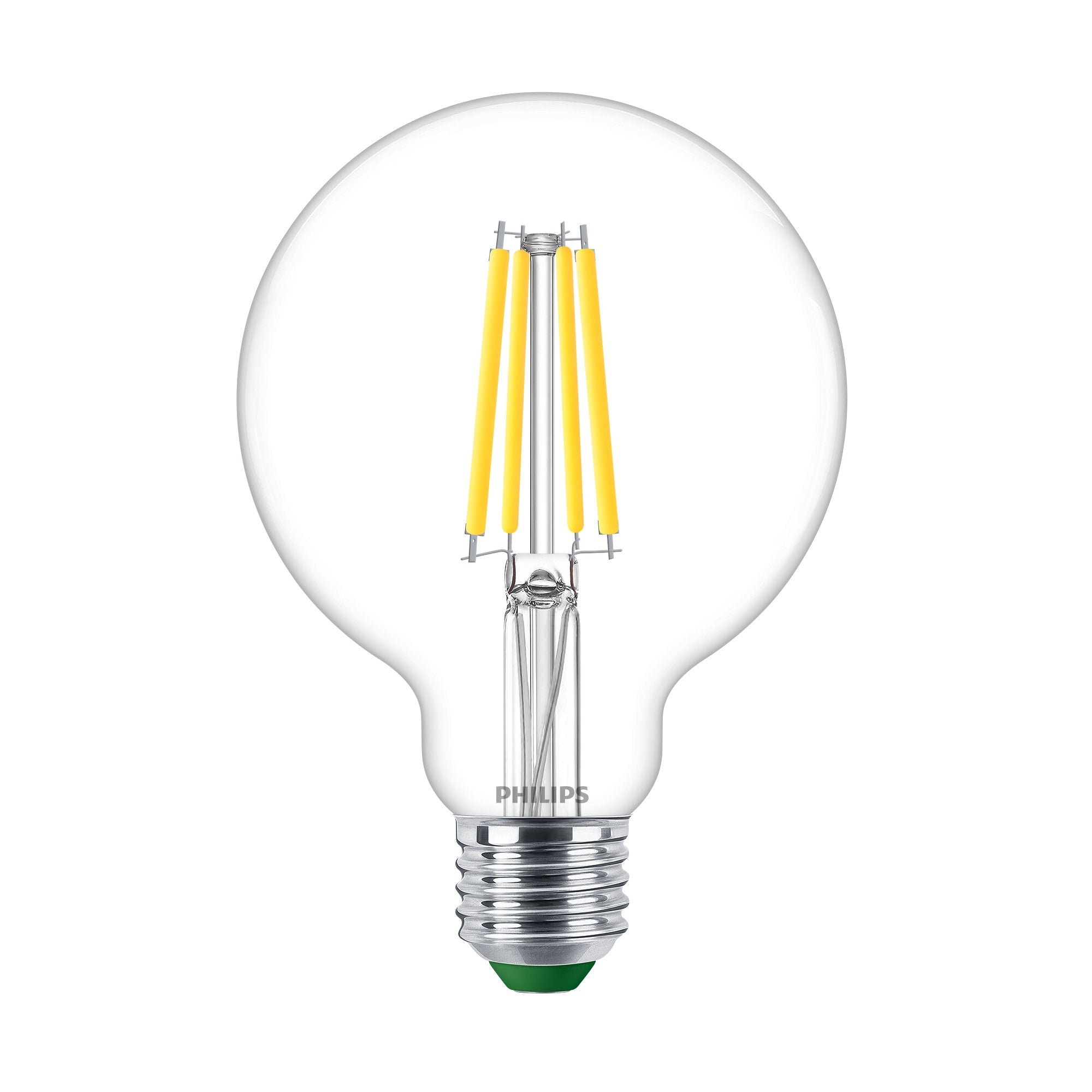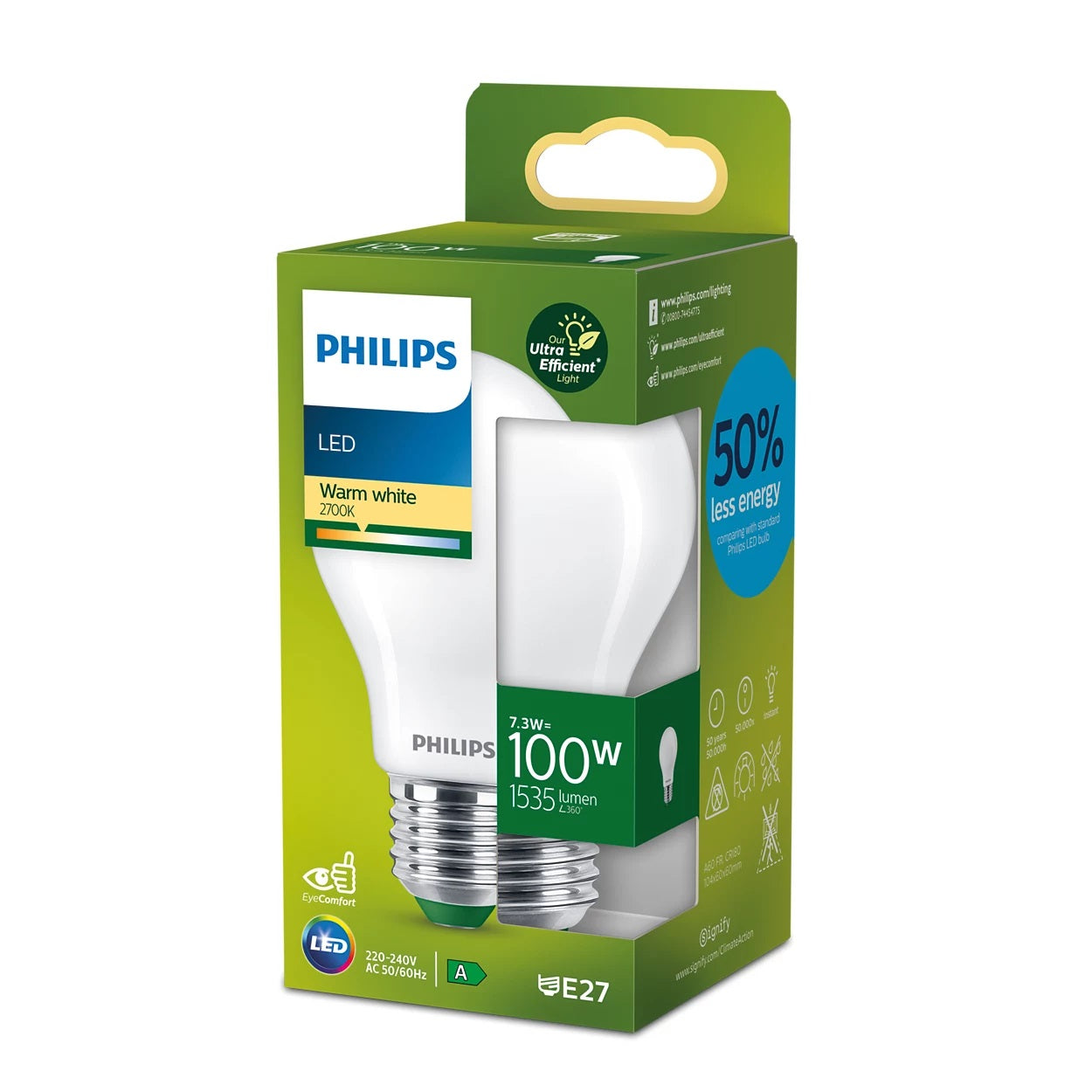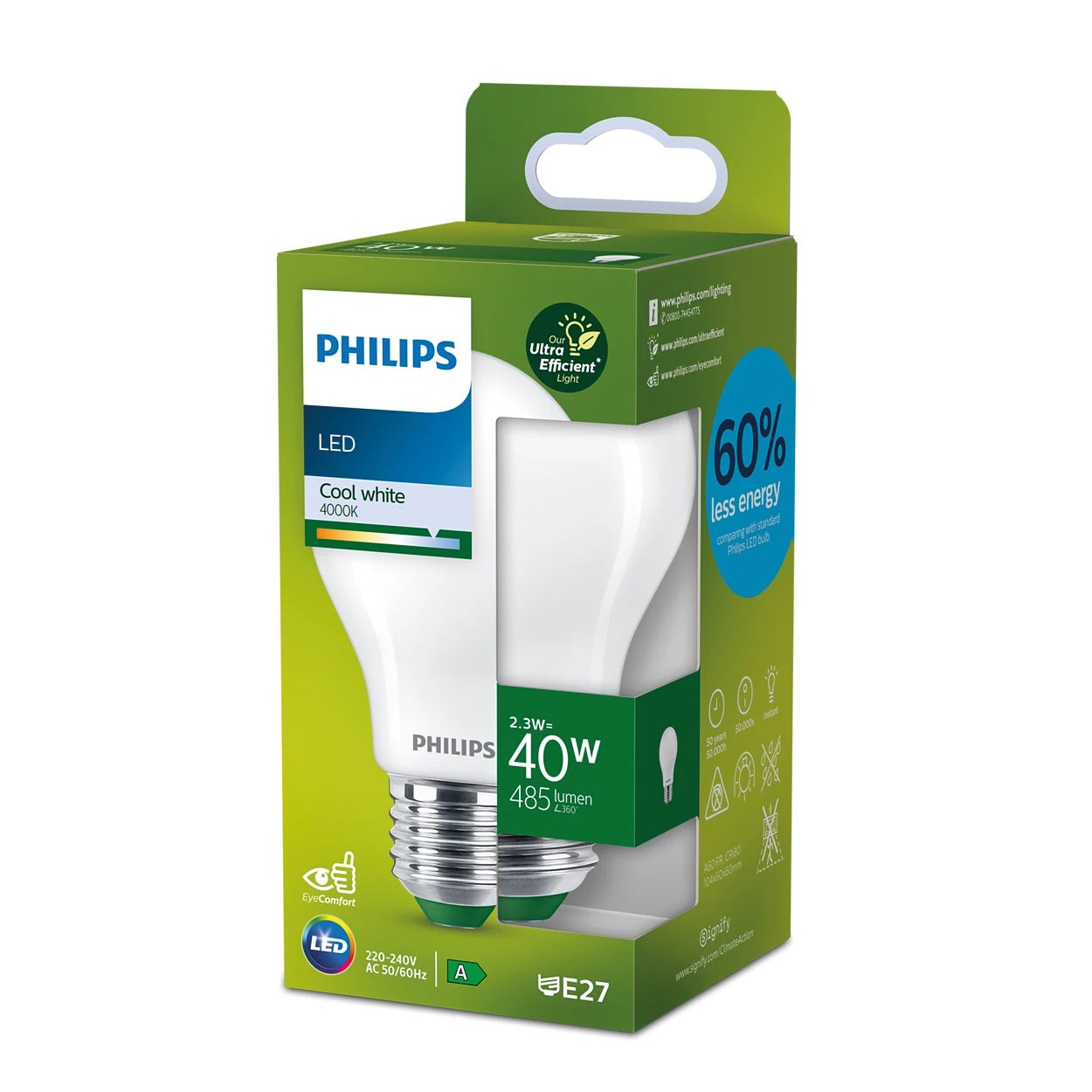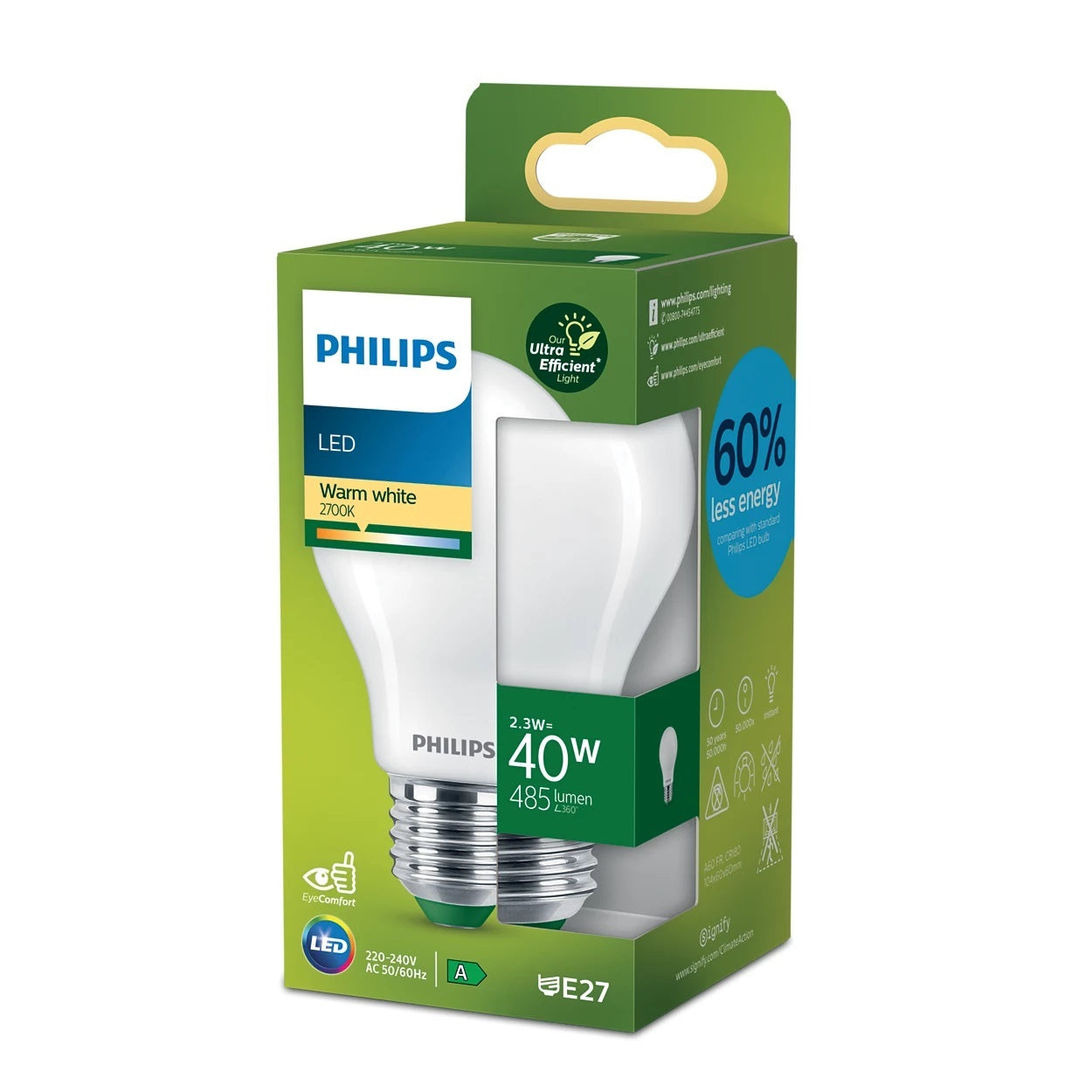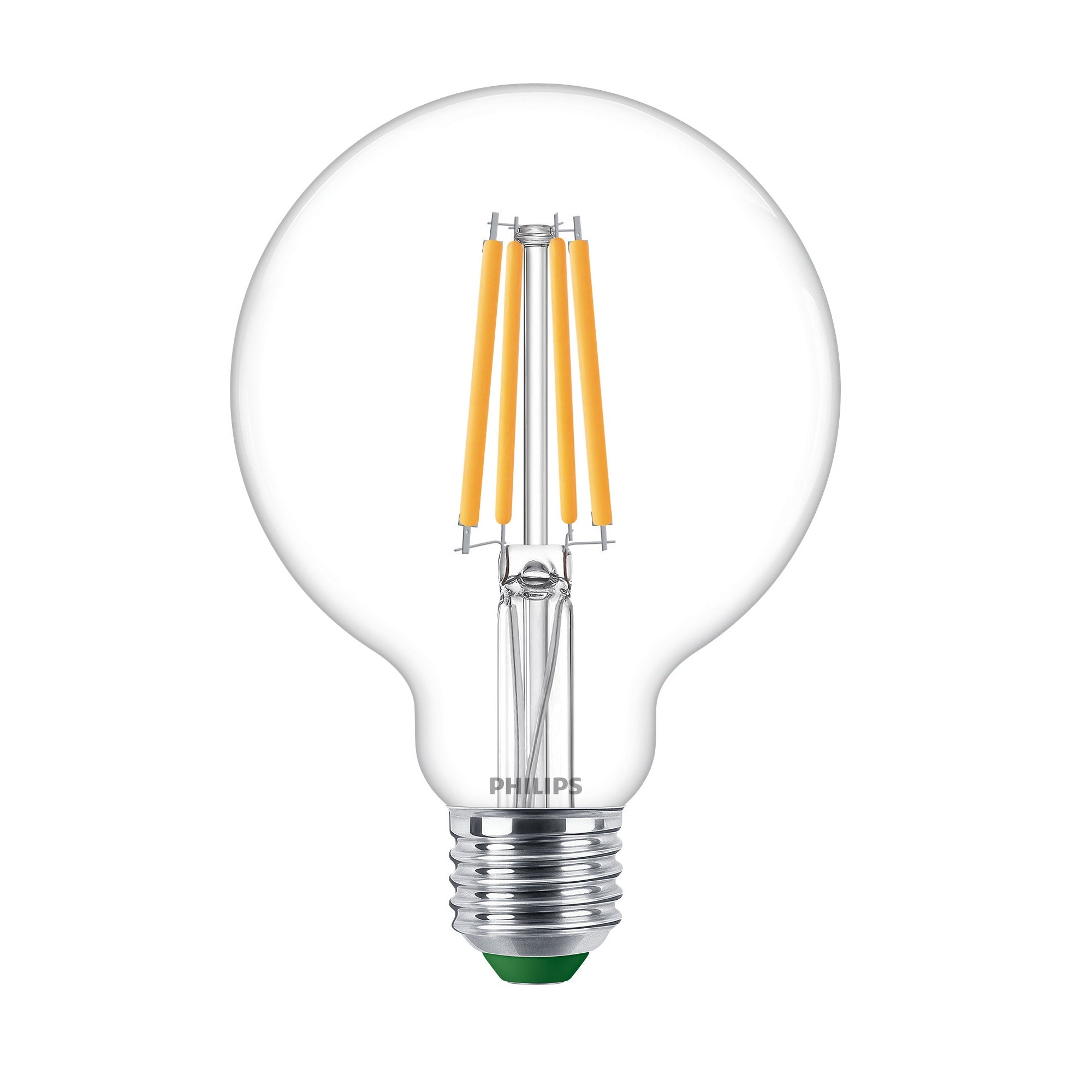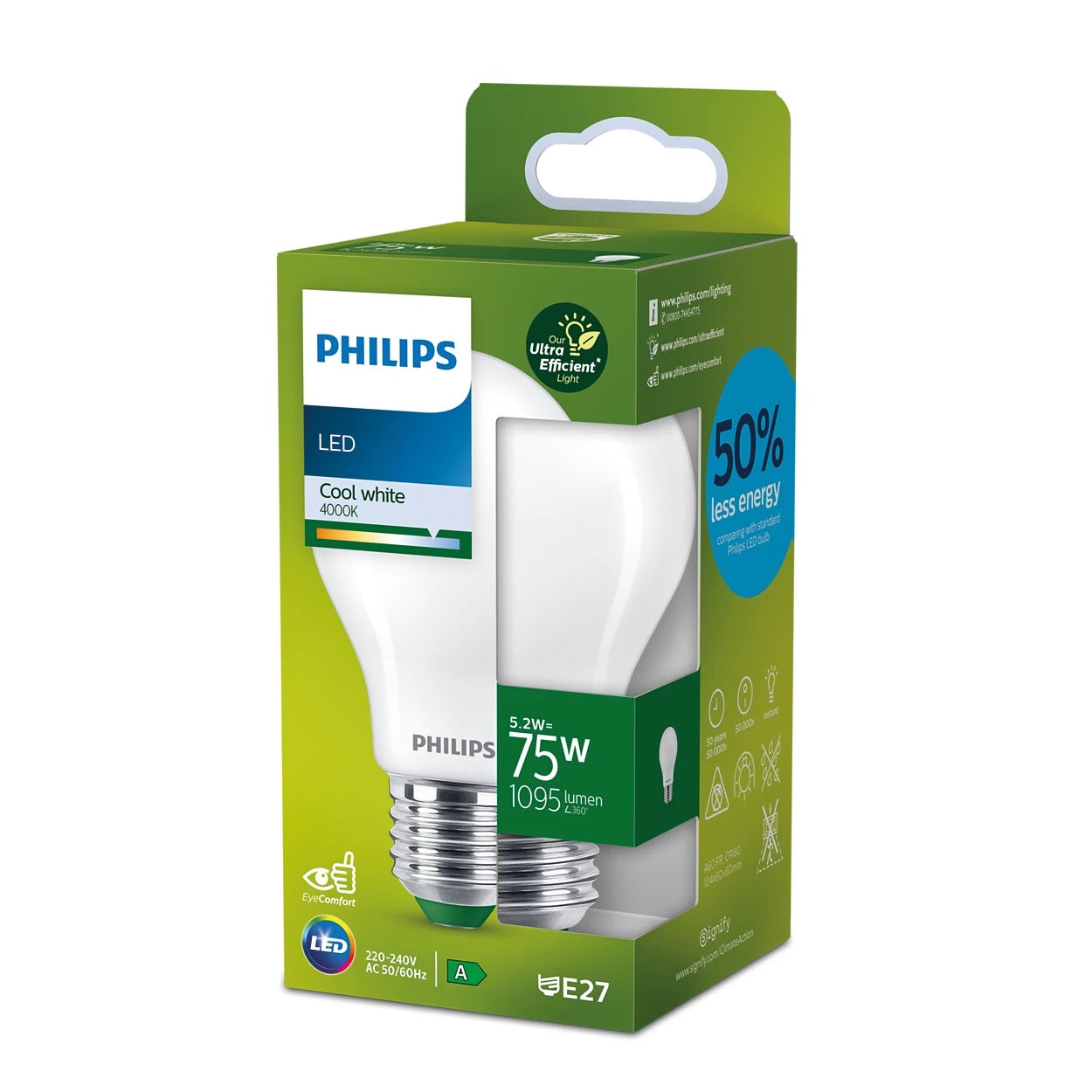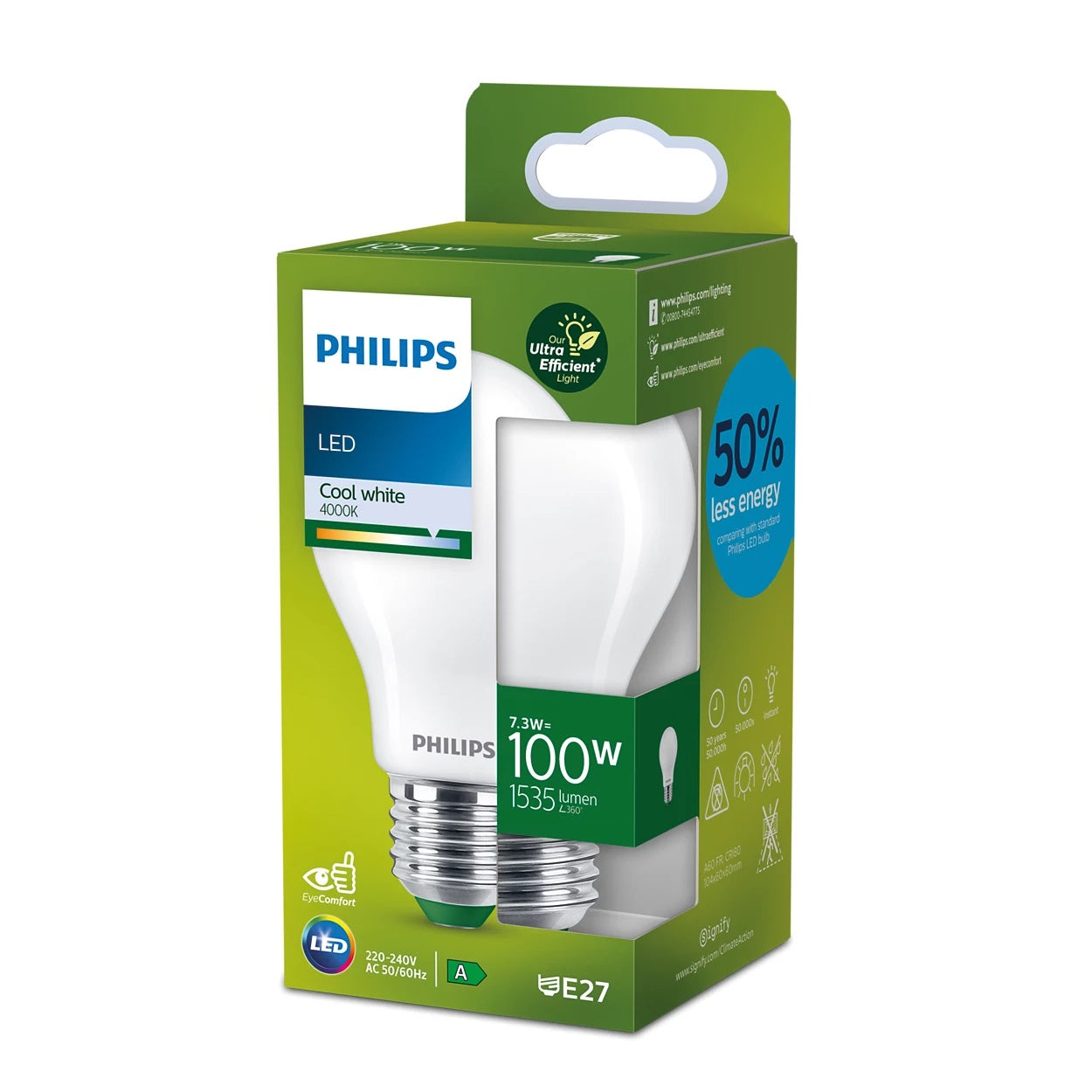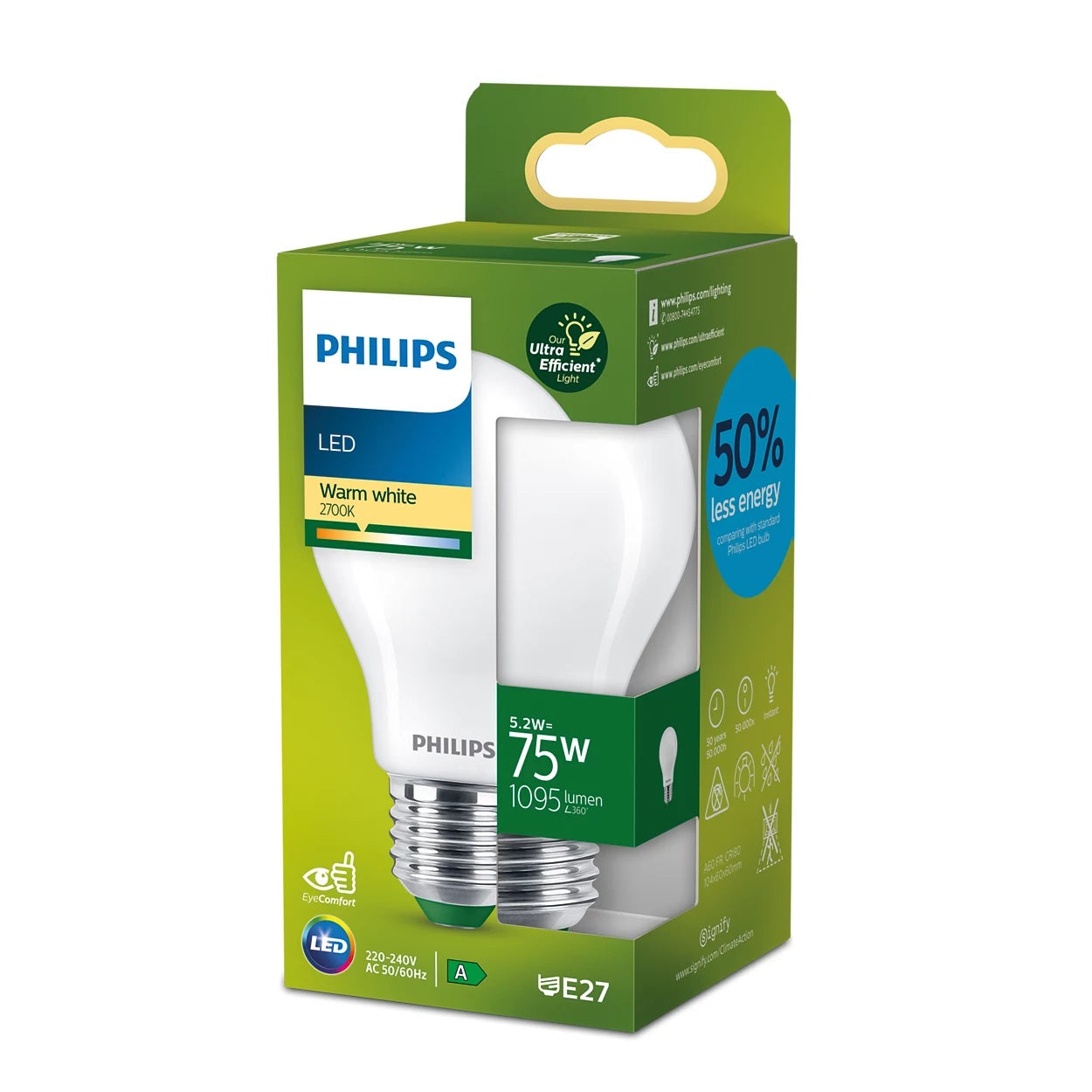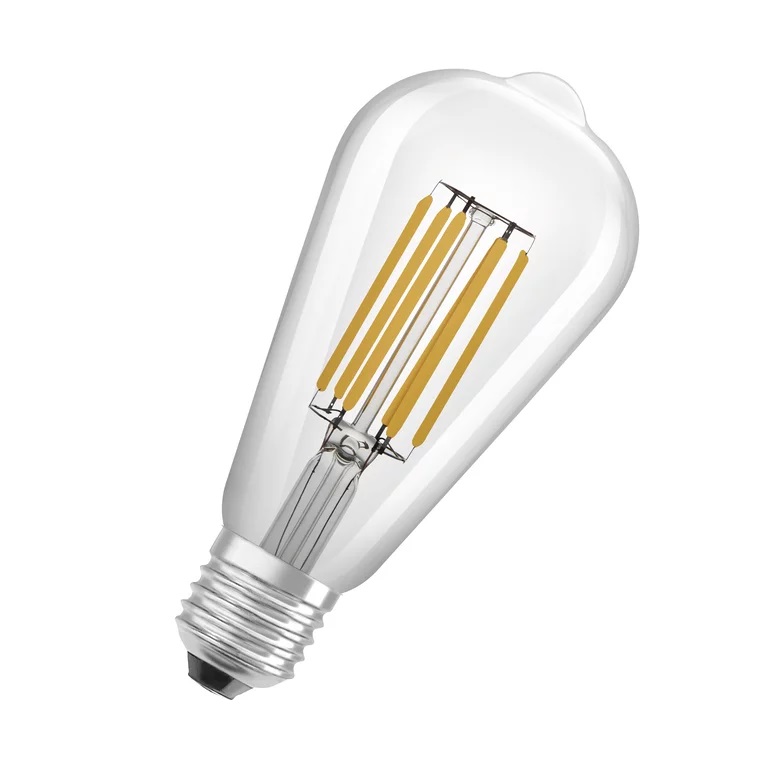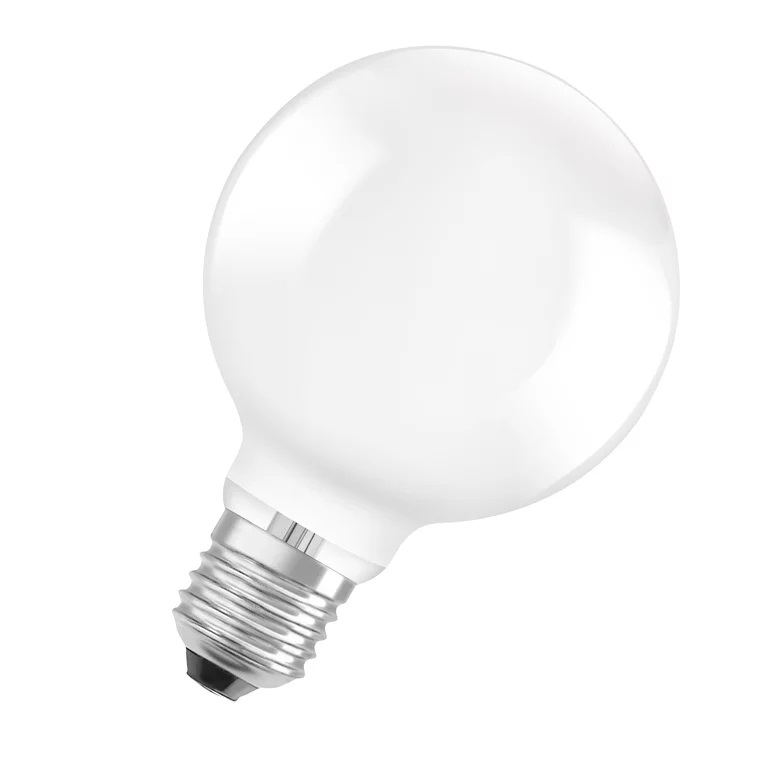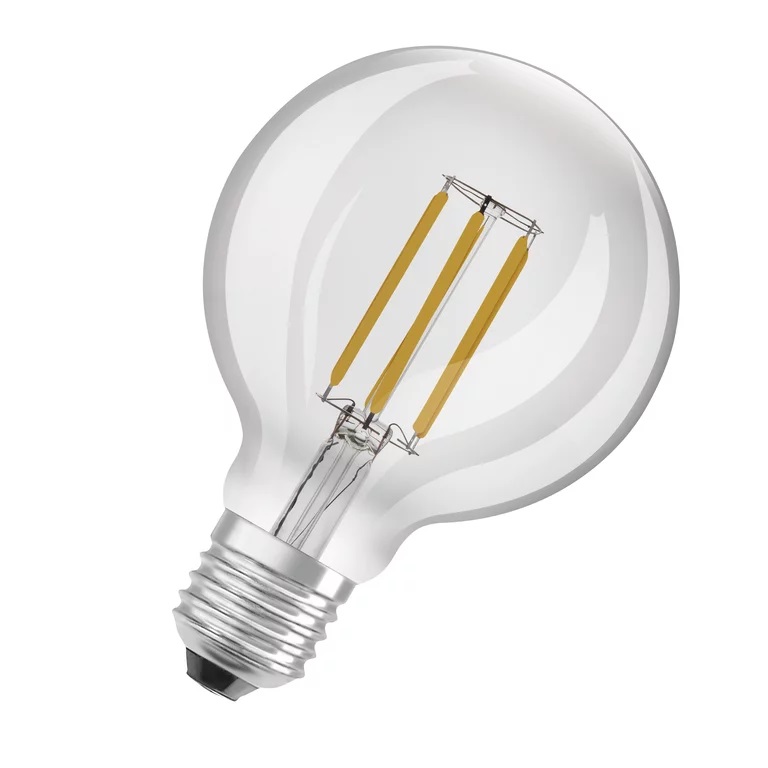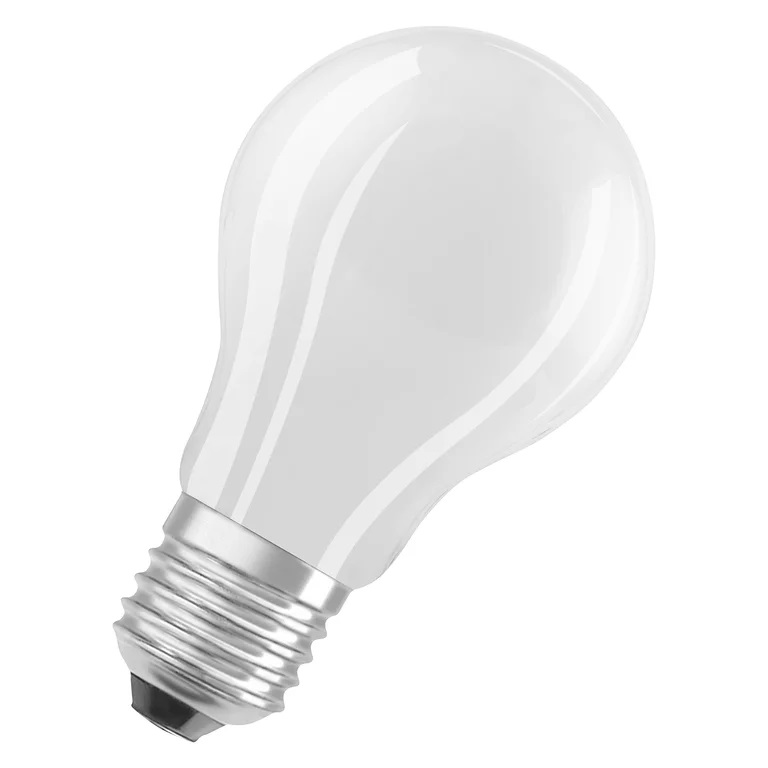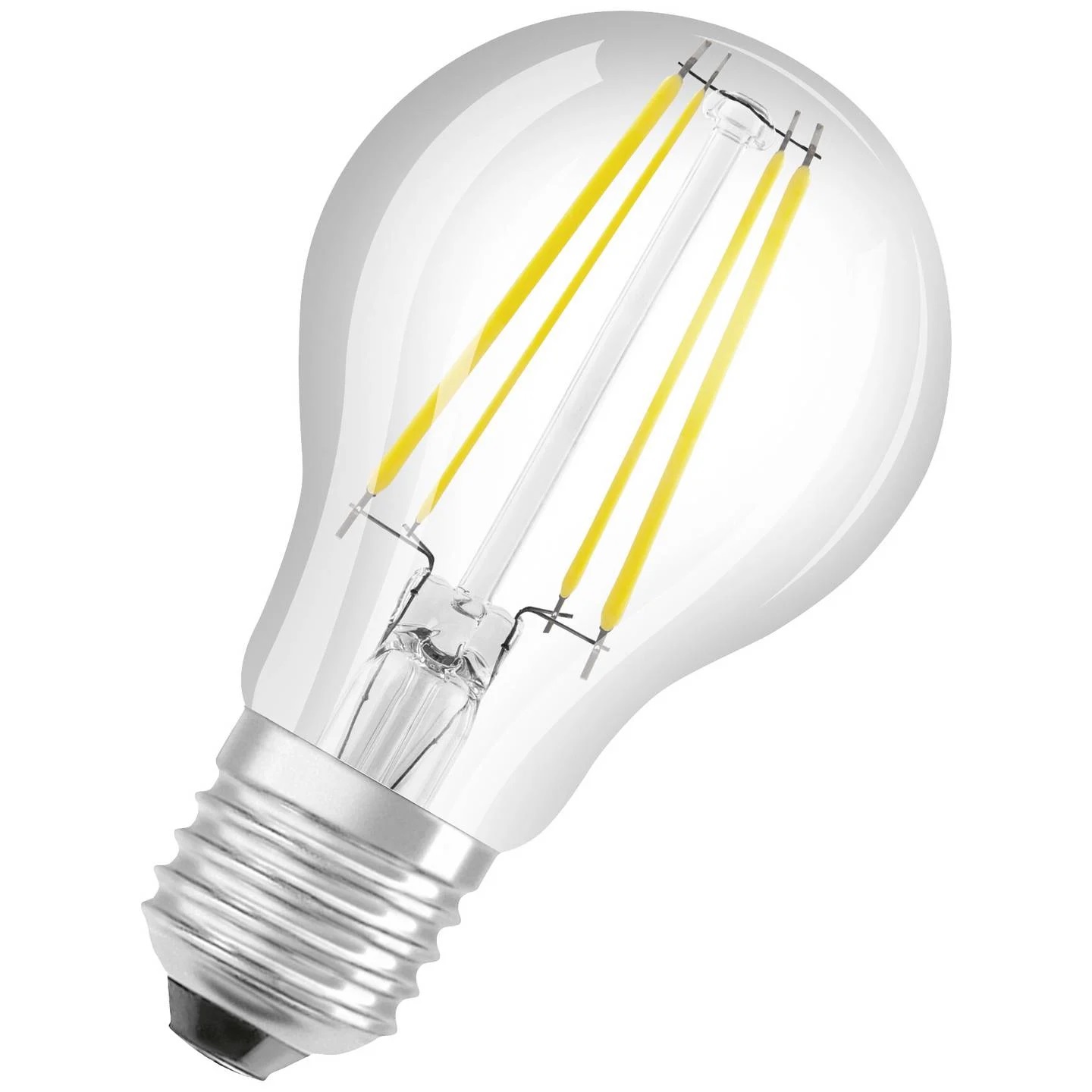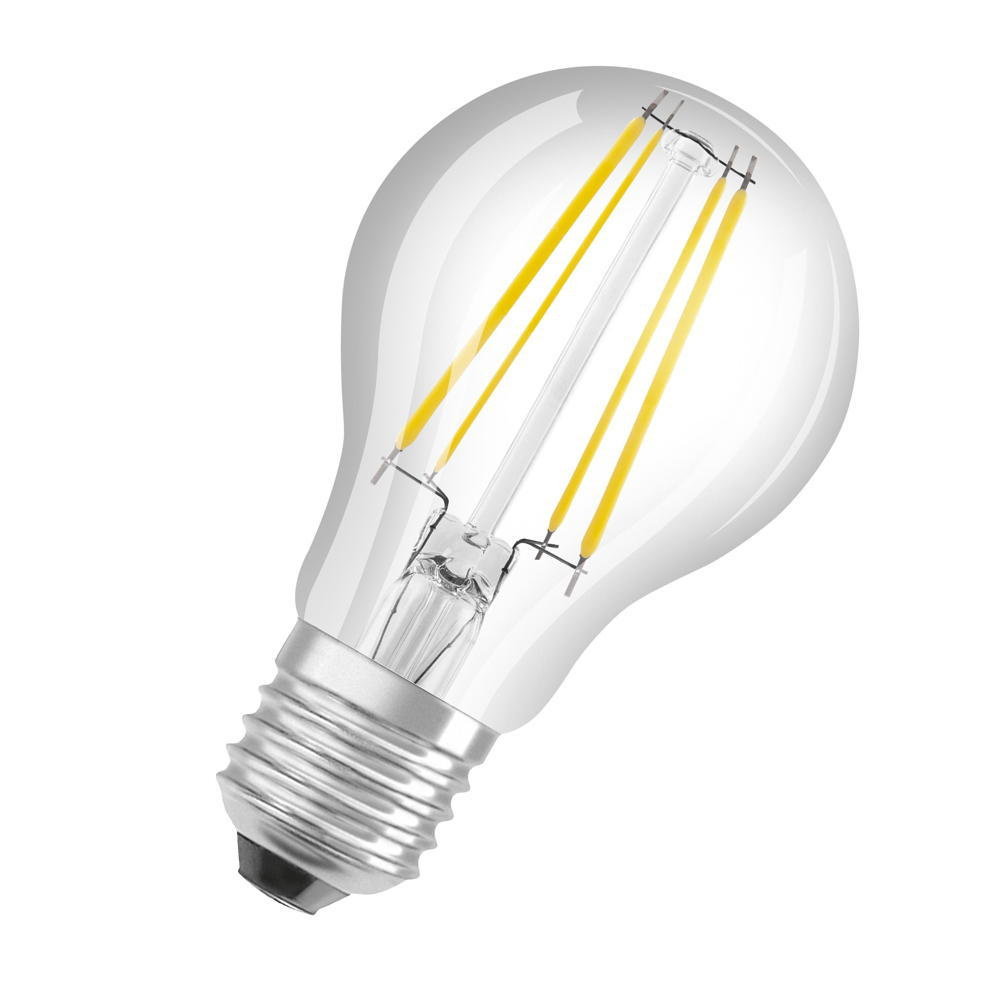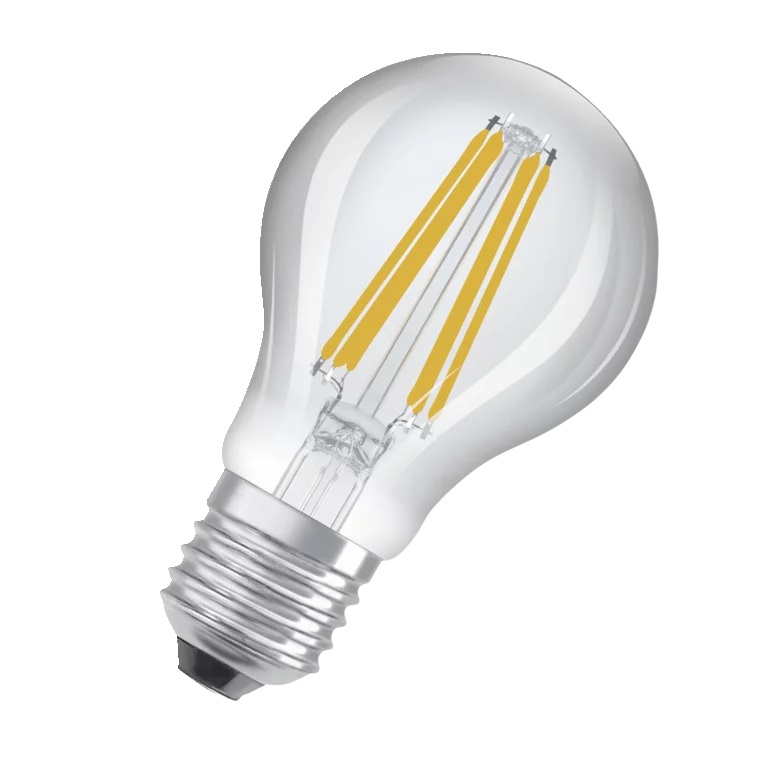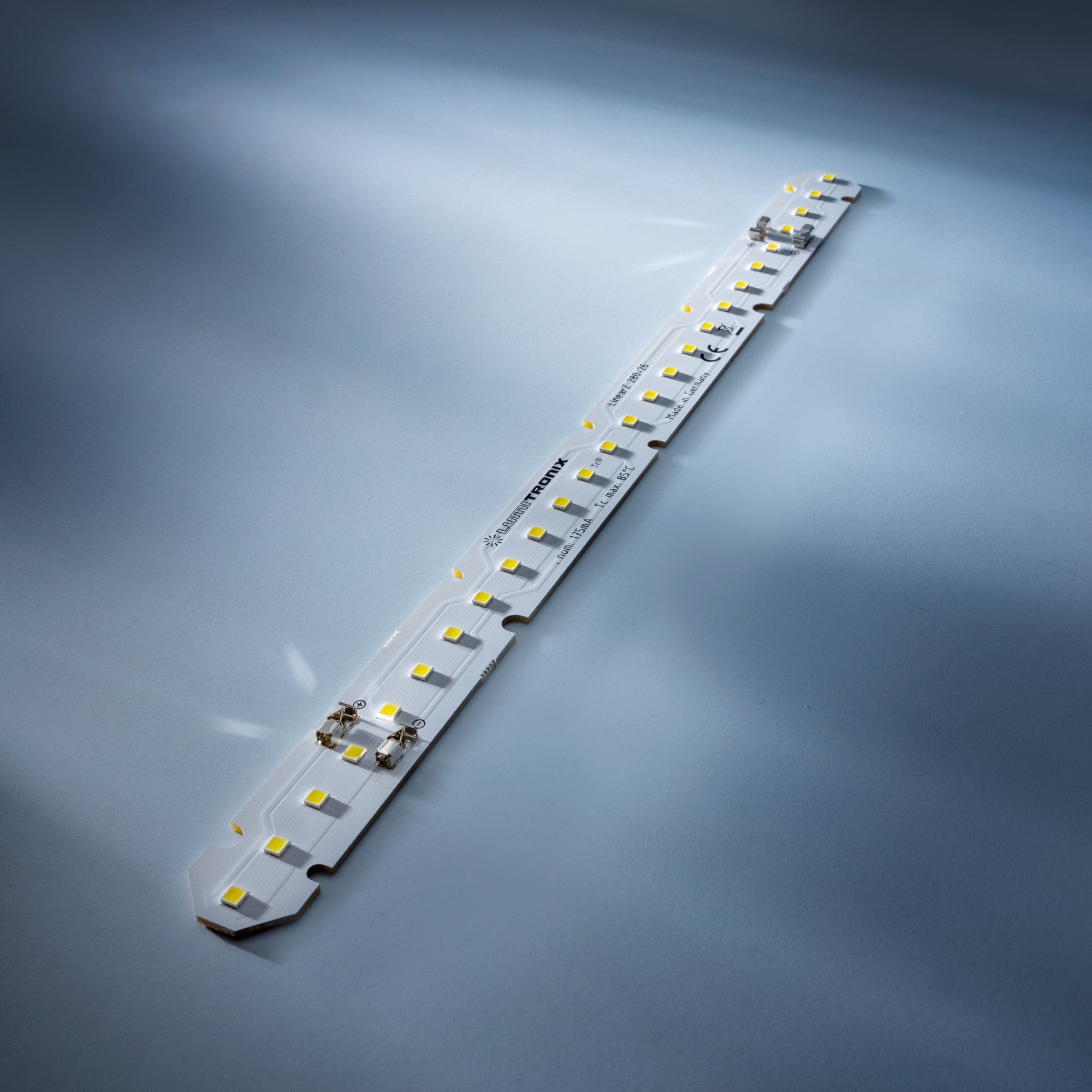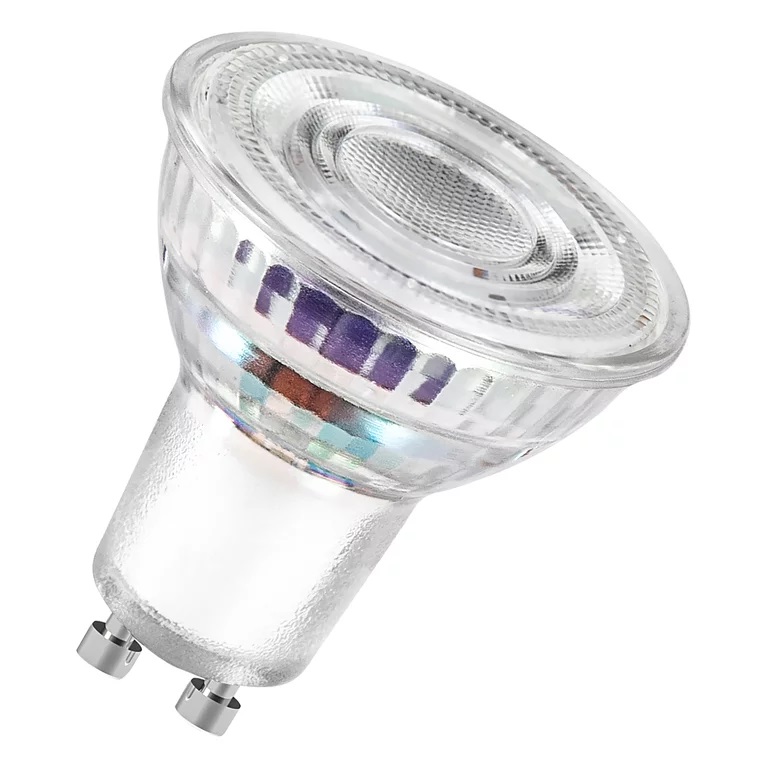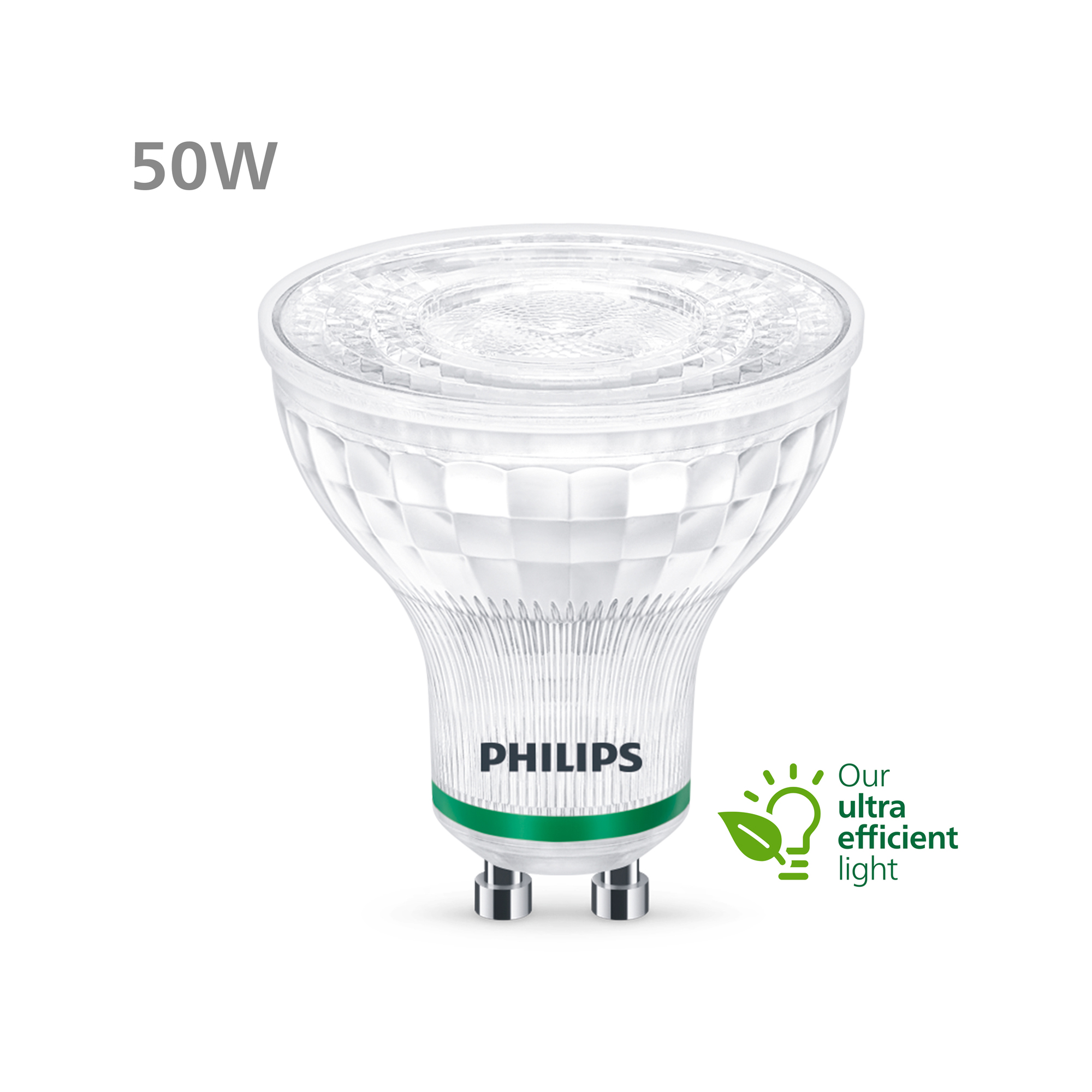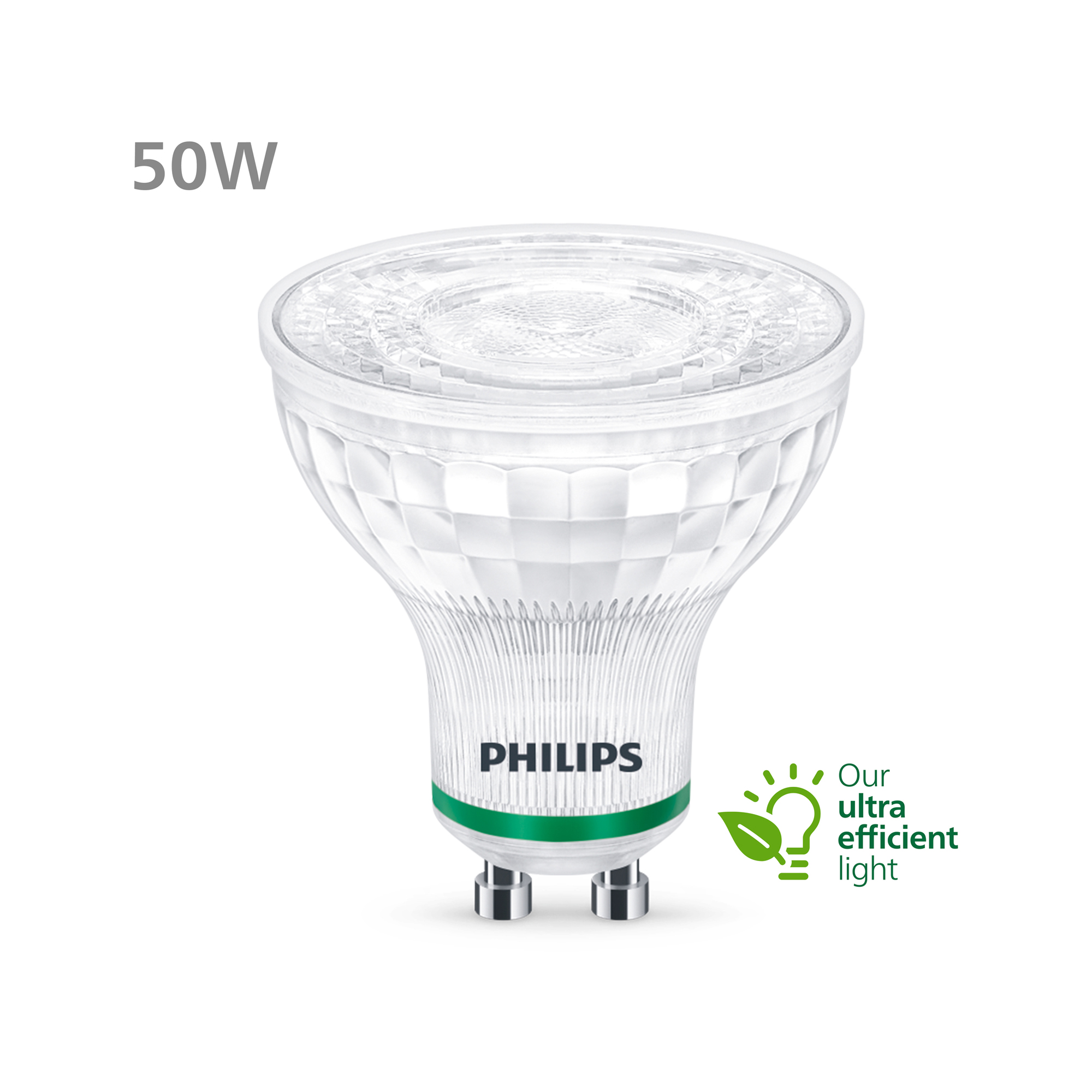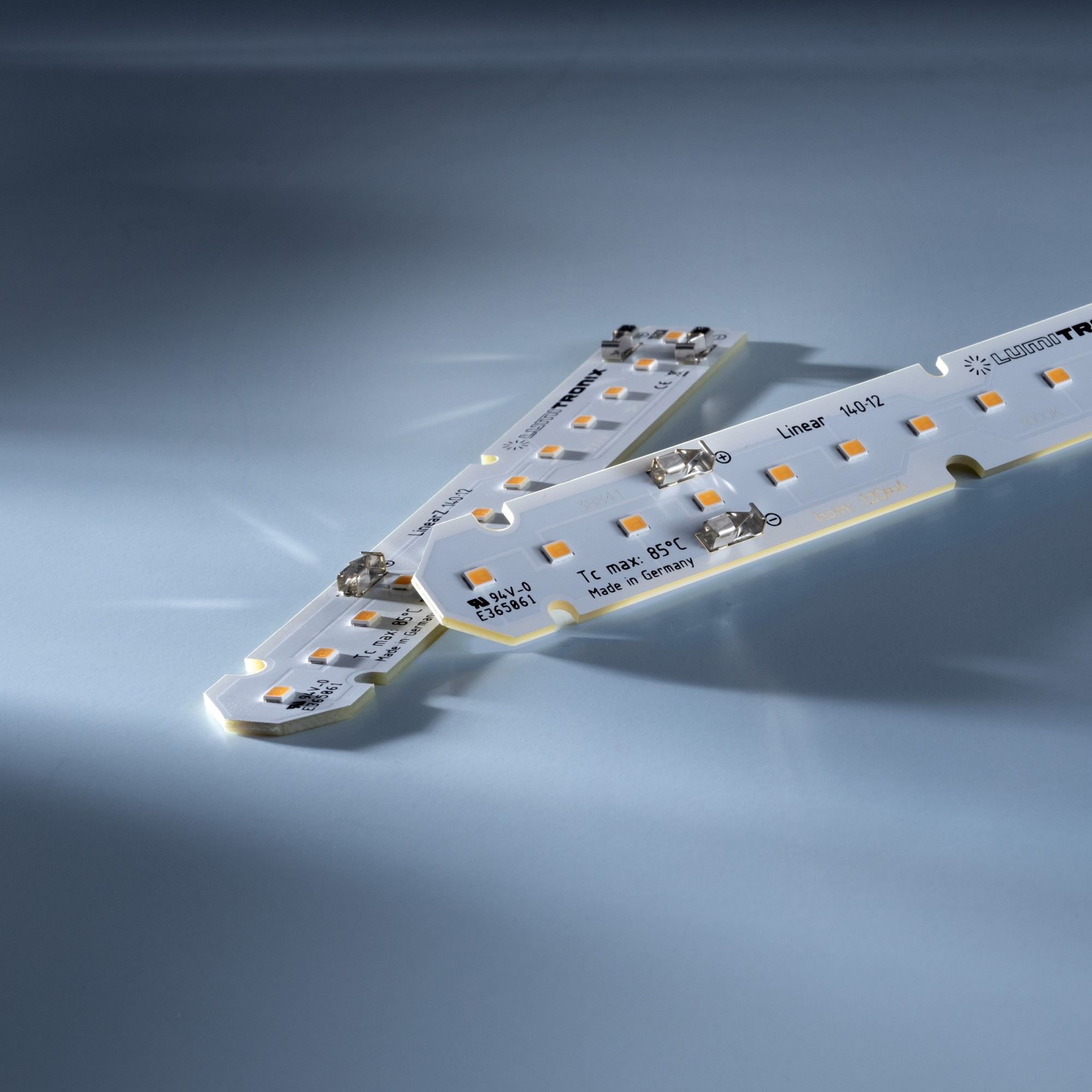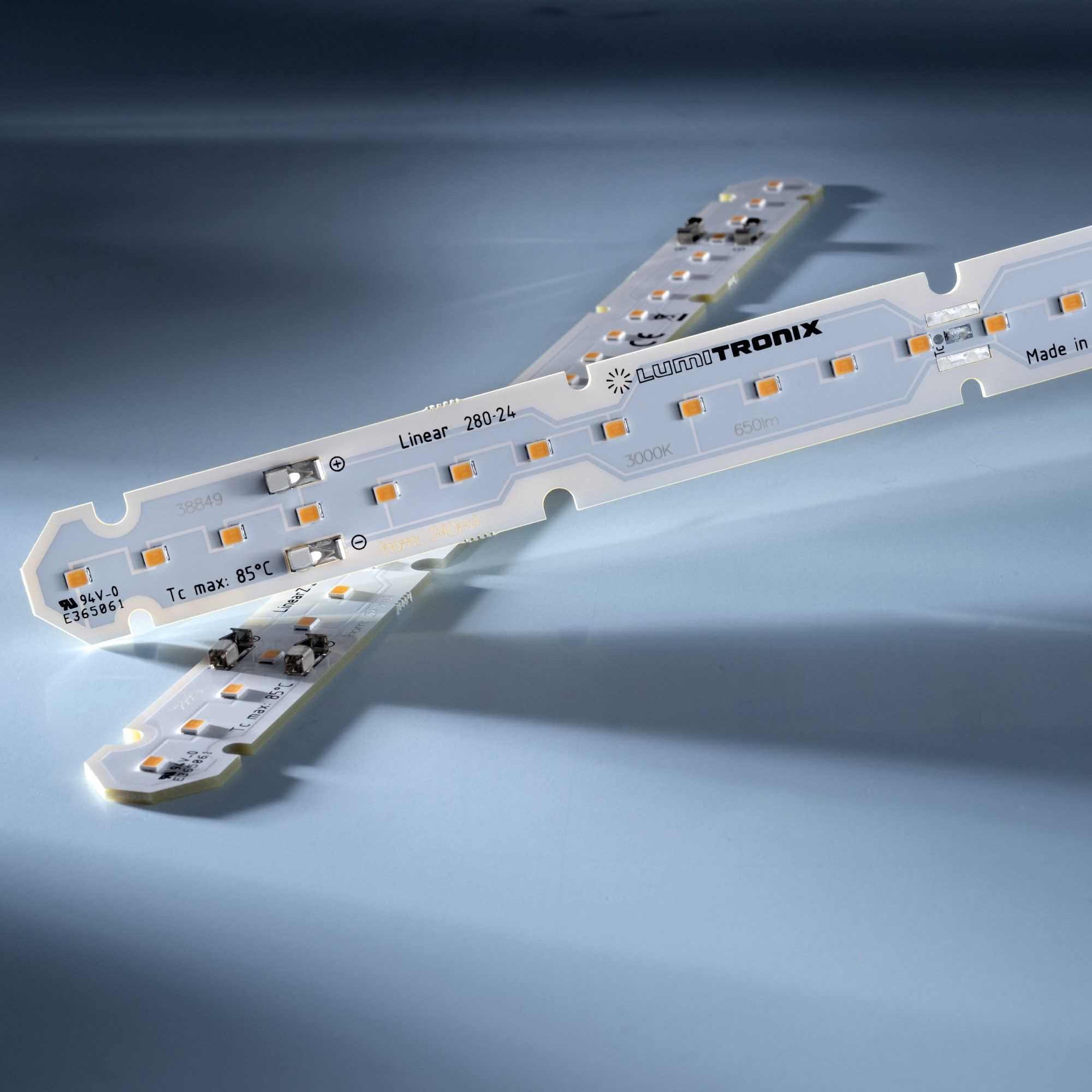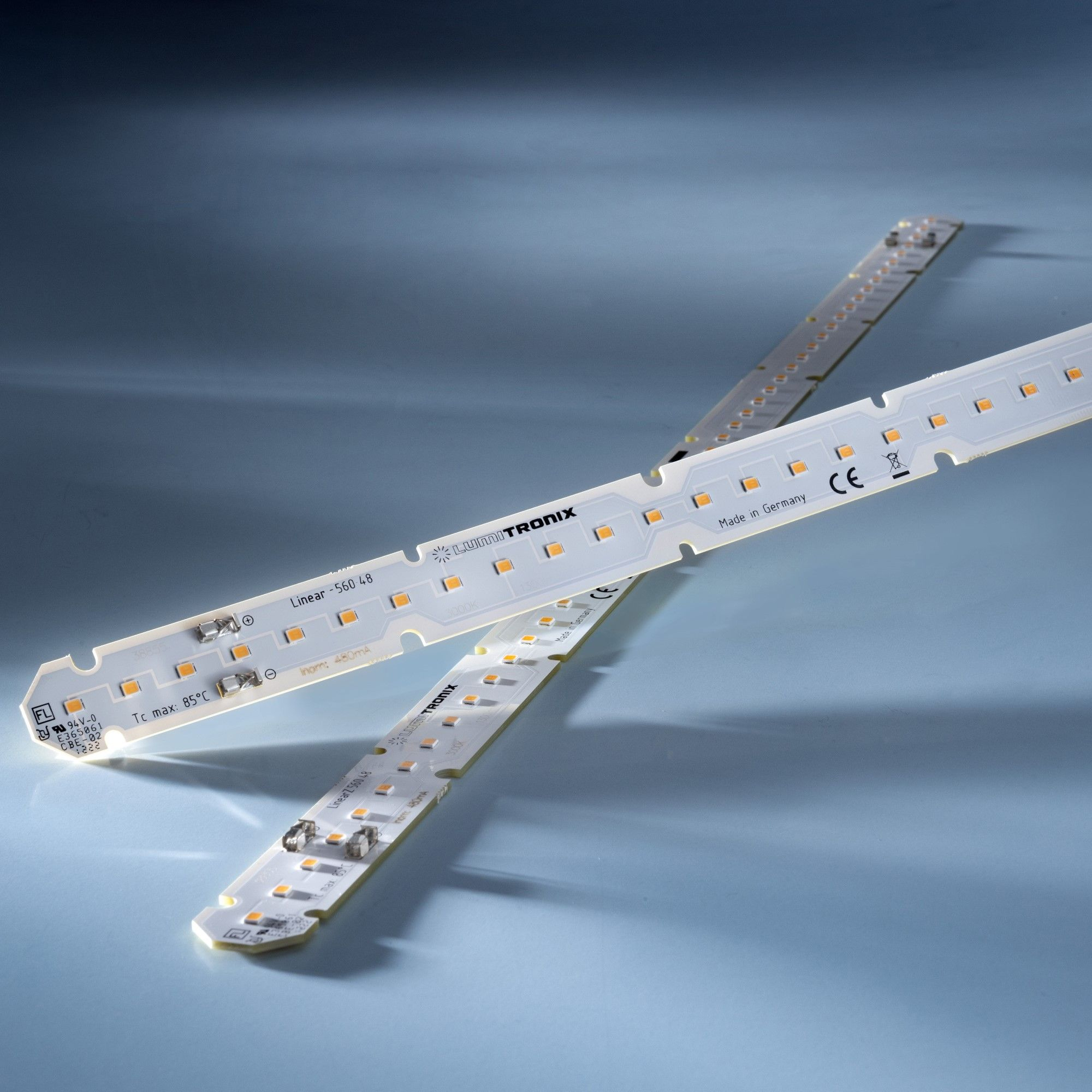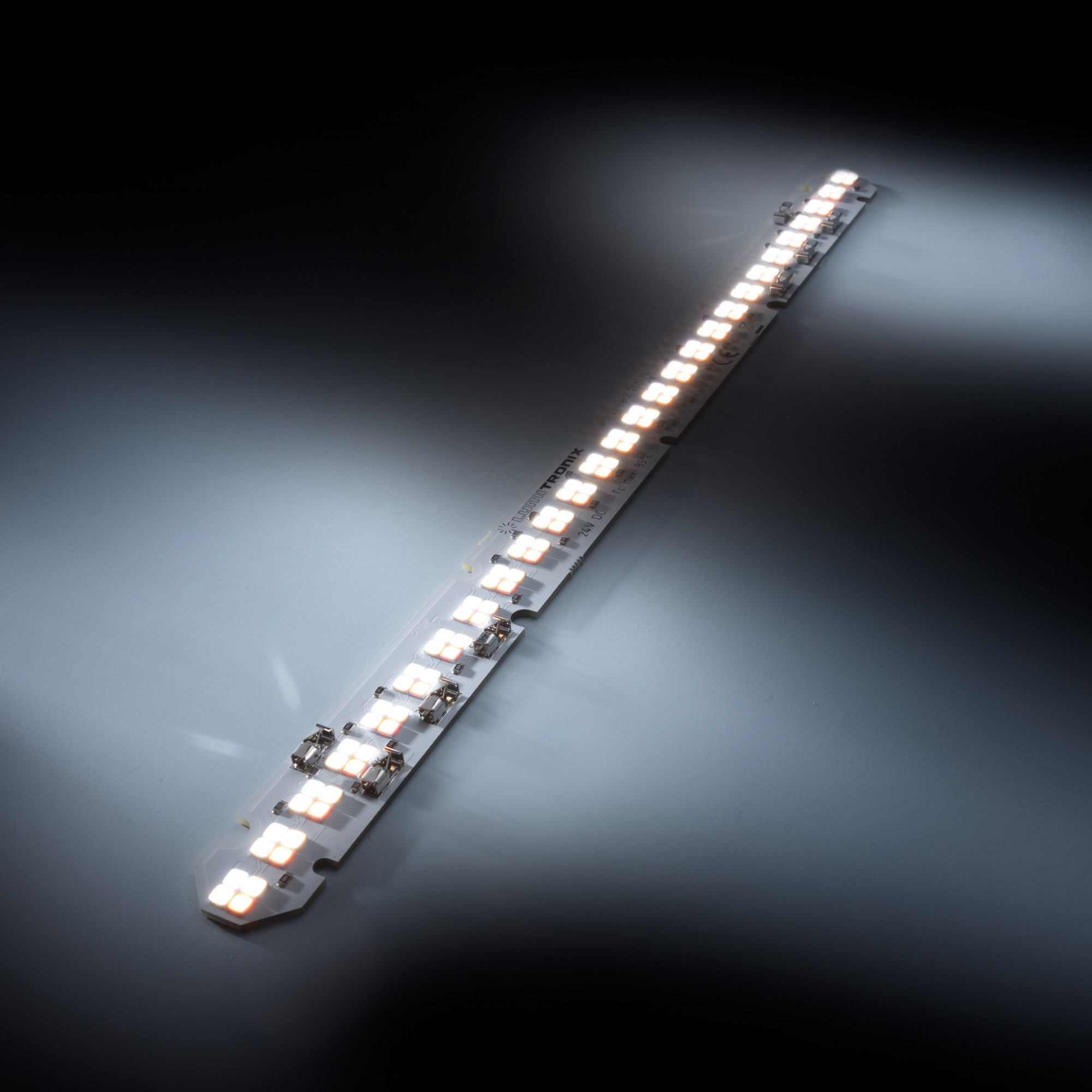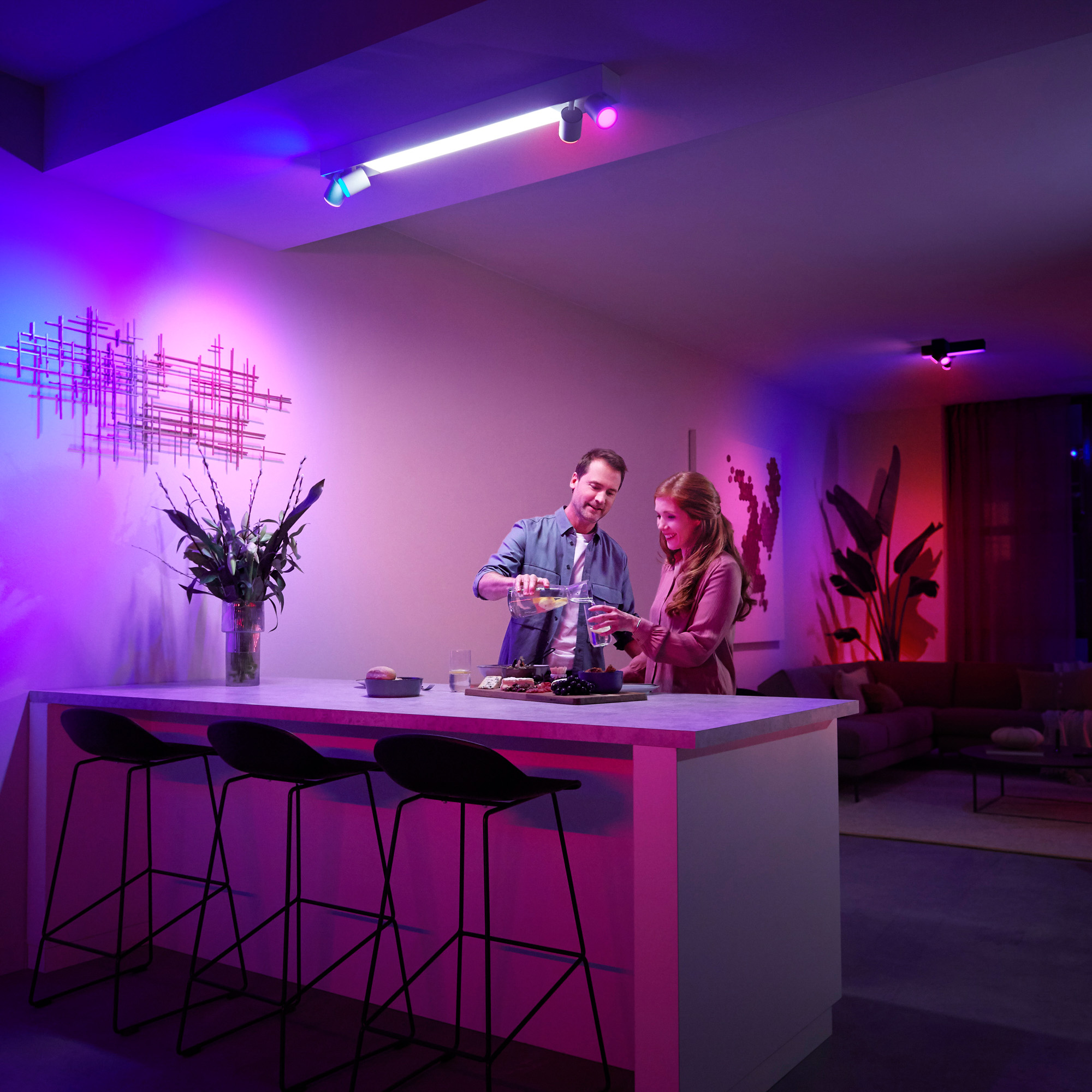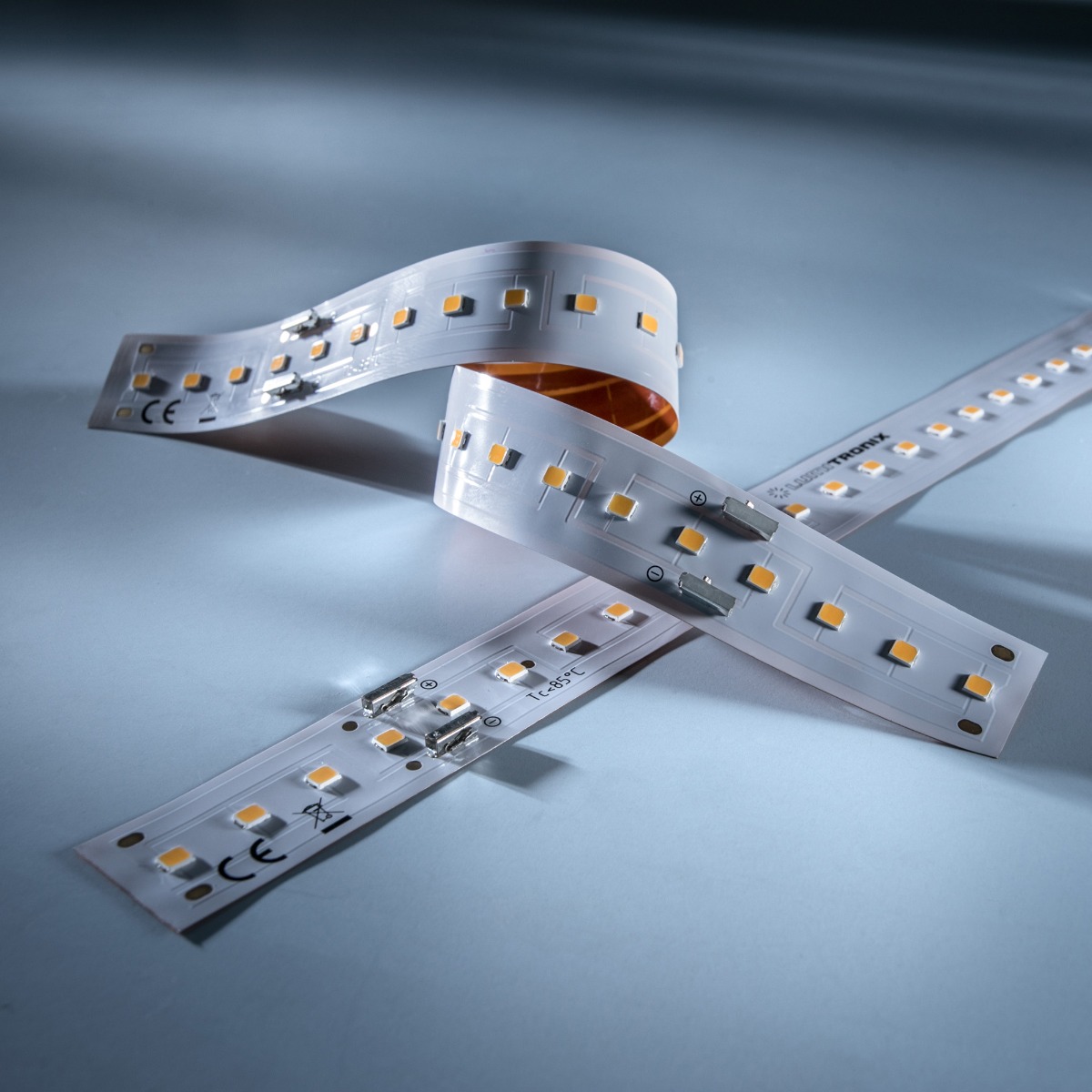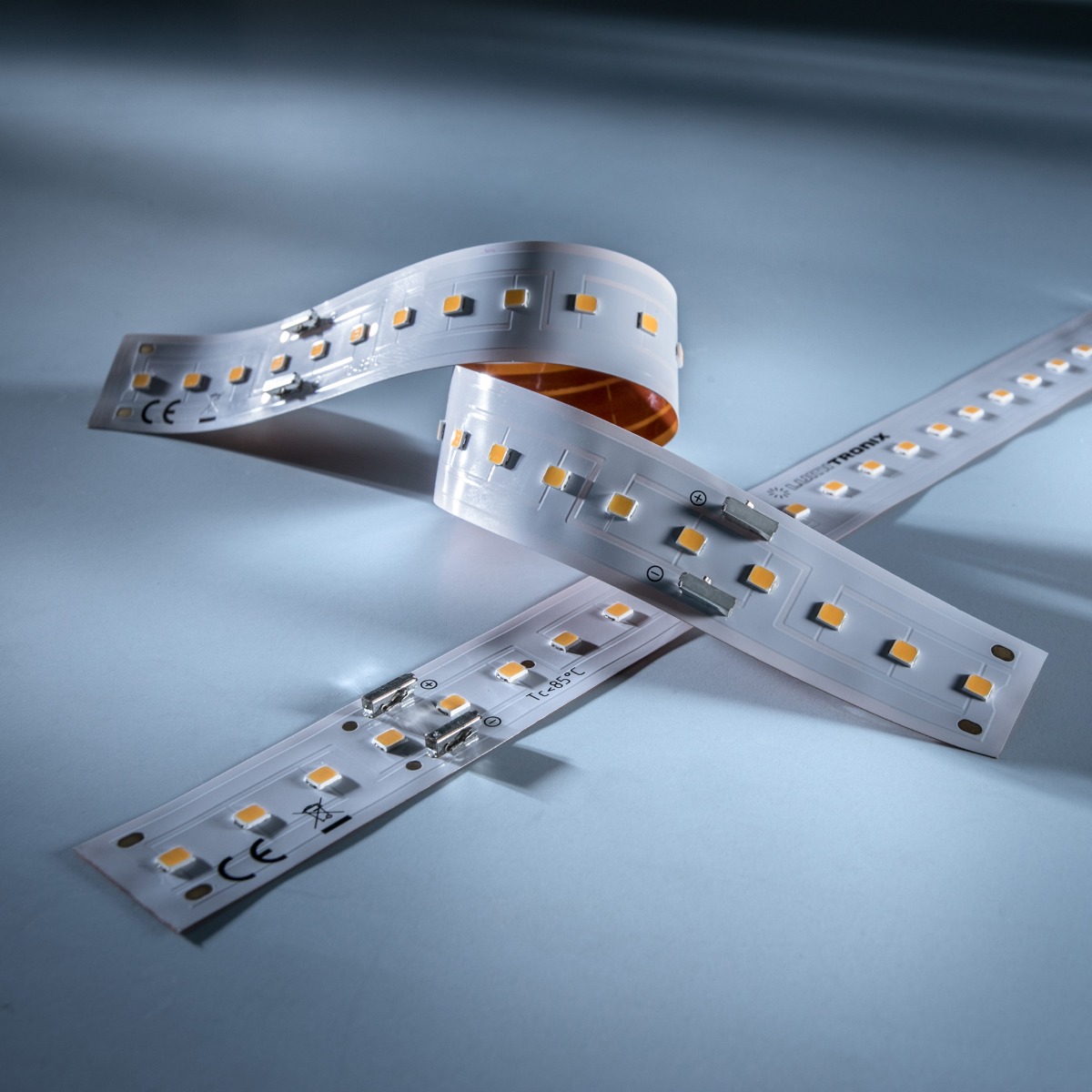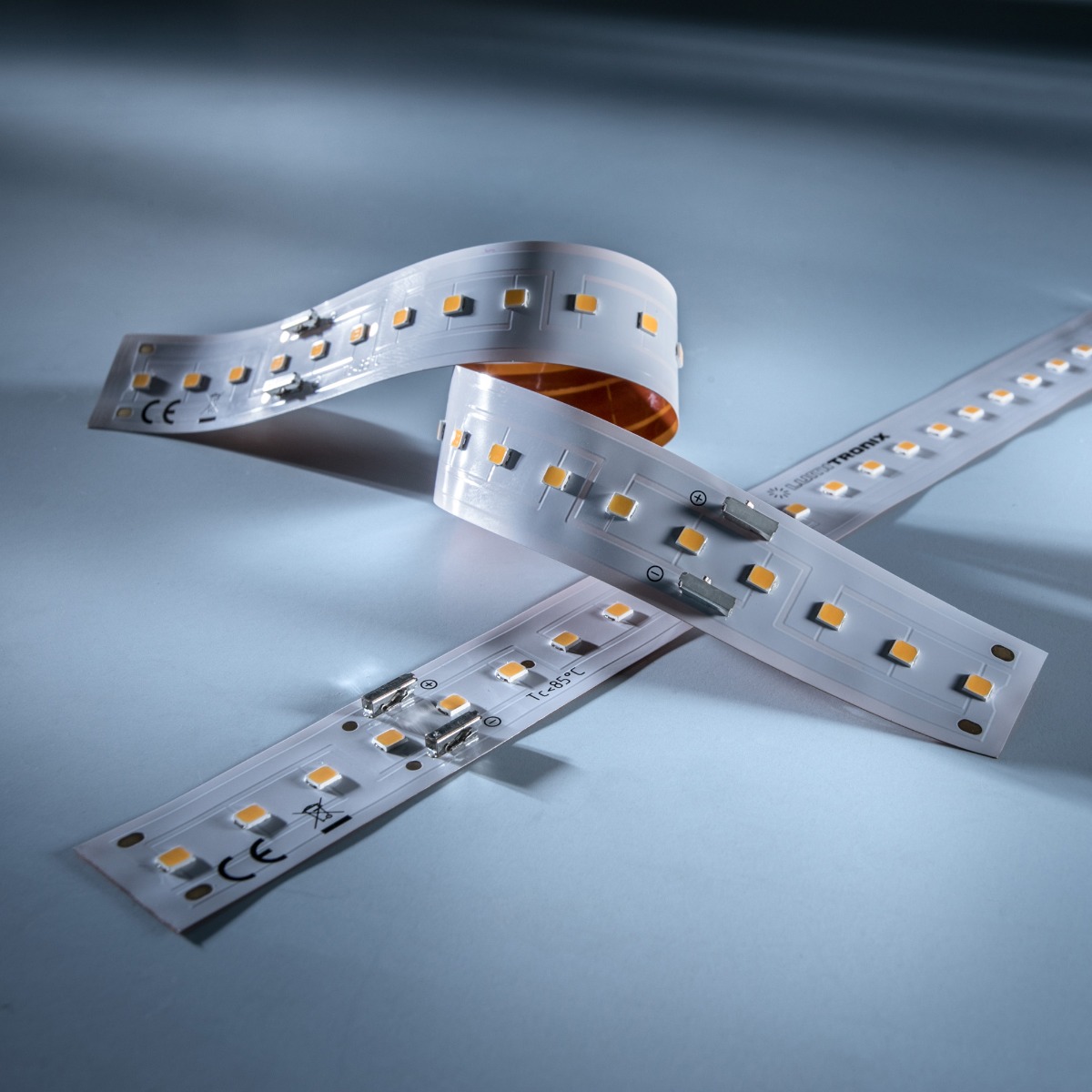The Guide to Energy Efficient Lighting: Principles and Applications
- By Ledrise Led Professional
- Oct 27, 2022

Energy efficiency is of utmost importance in today's world, especially when it comes to lighting installations. To ensure that your lighting setup is as energy efficient as possible, it's essential to follow the ABCs of energy efficiency, which focus on three primary aspects: luminous efficacy, optimal light output, and the composition of white light. In this comprehensive guide, we'll dive deeper into these principles and provide practical tips for implementing energy-efficient lighting in your home or business.
A) Luminous Efficacy: Maximizing Light Output with Minimal Energy Consumption
The first aspect of energy-efficient lighting is luminous efficacy, which refers to the amount of light emitted per unit of power consumed. This is measured in lumens per watt (lm/W). The higher the luminous efficacy, the more efficient the light source. Traditional incandescent bulbs have a low luminous efficacy, while LED lights offer significantly higher values, making them a more energy-efficient option.
For example, a 60-watt incandescent bulb may produce around 800 lumens, whereas a 10-watt LED bulb can achieve the same output. This means that the LED bulb is using considerably less energy to produce the same amount of light, contributing to its energy efficiency.
B) Optimal Light Output: Balancing Illuminance and Luminance
The second aspect of energy-efficient lighting is ensuring that the total light output of the installation is at an optimum level for its intended purpose or the activities it needs to support. This involves a balance between the number of light sources, the light emitted, and the proper direction of the light beams.
Two key factors to consider are illuminance and luminance. Illuminance refers to the amount of light falling on a surface, while luminance refers to the light reflected by that surface in the direction of our eyes. Recommended illuminance and luminance values are often defined by national and international bodies or research organizations, and following these guidelines can help prevent excessive or insufficient lighting.
To optimize light output, consider the following:
- Choose the appropriate number of light sources for the space.
- Ensure that the light emitted is not more than what is needed.
- Direct the light beams properly to avoid unnecessary glare and light pollution.
By adhering to these principles, you can create a lighting installation that supports the desired activities without wasting energy or other resources.
C) Composition of White Light: Tuning in to the Sensitivity of Our Eyes
The third aspect of energy-efficient lighting is the composition of white light, which is defined by its radiant power and wavelength graph. Our eyes have different sensitivities to the components of white light, depending on the ambient brightness. Under bright light, we use photopic vision (low sensitivity mode), while under dimmer conditions, we use scotopic vision (high sensitivity mode).
When comparing the sensitivity of our eyes at night or in low light conditions to the spectrum of a cool white LED and a warm white LED, we find that the perceived brightness (luminance or illuminance) of the two lights may not be the same, even if their luminous flux (total emitted light) is identical. A 1000 lumen cool white LED will seem brighter than a 1000 lumen warm white LED due to their different spectra.
To maximize energy efficiency, consider using LEDs with fewer lumens but the right light spectrum and color temperature. This can provide the same useful effect while reducing energy consumption.
Implementing Energy-Efficient Lighting Solutions
By following the ABCs of energy efficiency, you can create a lighting installation that is energy efficient and environmentally friendly. Combining high-performance LEDs with expert built modules and strips, along with the right knowledge about lighting, can result in optimal energy savings and improved lighting quality.
Here are some practical tips for implementing energy-efficient lighting solutions in your home or business:
-
Choose LED strips and fixtures: LEDs are much more energy-efficient compared to traditional incandescent or CFL bulbs. They also have a longer lifespan, reducing the need for frequent replacements.
-
Opt for dimmable LED lights: Dimmable lights allow you to adjust the light output according to your needs, further enhancing energy efficiency. This is particularly useful in spaces where lighting requirements may vary throughout the day or depending on the activity taking place.
-
Install motion sensors and timers: By incorporating motion sensors or timers into your lighting system, you can ensure that lights are only turned on when needed, conserving energy and reducing waste.
-
Optimize natural light: Take advantage of natural light by using light-colored window treatments, mirrors, and strategically placed furniture. This can help reduce the need for artificial lighting during the day.
-
Consider task lighting: Instead of using a single, bright overhead light, consider using multiple, focused task lights for specific areas or activities. This can help reduce overall energy consumption while still providing adequate illumination.
-
Use smart lighting systems: Smart lighting systems can be controlled remotely, programmed to follow a schedule, or even adjusted based on ambient conditions. This can further enhance energy efficiency and provide more precise control over your lighting environment.
-
Regularly maintain your lighting system: Clean and well-maintained lighting fixtures can maintain their efficiency over time. Replace any damaged or worn-out components, and ensure that bulbs and fixtures are dust-free to optimize light output.
Achieving energy-efficient lighting is a combination of selecting the right products, optimizing light output, and considering the composition of white light. By following the ABCs of energy efficiency and incorporating practical tips, you can create a lighting installation that is not only environmentally friendly but also cost-effective and functional.
